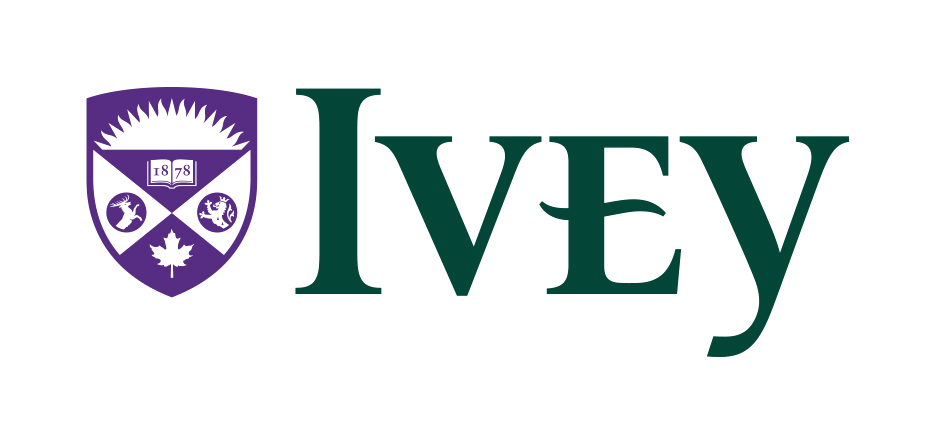Behavioural
Economics
Session 5


Joshua
Foster

Agenda
- MobLab: In-class Simulation.
- Case: Evive Health and Workplace Influenza Vaccinations.
Simulation instructions.
- The situation: your orchestra is learning a new piece.
- What you do: you must divide your practice time between Solo and Ensemble hours.
- How it works: each member of the orchestra receives a reward ("prestige") according to their Solo and Ensemble practice time.
Each Ensemble hour of practice your orchestra does (including you) earns everyone 1 "prestige" point.
Each Solo hour of practice you do earns you 3 "prestige" points.
The goal: to maximize your "prestige" points.
How it works.
- The software will randomly assign you into an orchestra of 6.
- There will be multiple rounds where:
- Orchestra members will receive time (20 hours each).
- Each member will decide how to split their time.
- "Prestige" points are distributed.
- Rinse and repeat Steps 1-3 a few times.
How you earn "prestige" (an example).
Suppose the following is true:
- You choose 8 Ensemble hours and 12 Solo hours.
- Your 5 group members chose 5, 6, 7, 8 and 9 Ensemble hours (total 35).
- Total Ensemble hours (including yours) are (35+8).
| Payoff | = | 1$\times$Total Ensemble | + | 3$\times$ Your Solo |
| 79 | = | 1$\times$(35+8) | + | 3$\times$12 |
Questions?
What happened in the simulation?
What made coordination difficult?
Free-rider problem.
Free-rider problem: a classic market failure that occurs when the costs and benefits to individuals are not wholly privatized (i.e. there is an externality present).
The simulation's problem: all community members can receive a return, regardless of their own contribution.
What kind of (non-)market solutions do you think could help with this problem?
| 1) | 2) |
| 3) | 4) |
| 5) | 6) |
What service does Evive provide, and what is the specific problem they are trying to solve in this case?
More survey questions.
| About how many days per month do you exercise in a typical month? | About how many days per month do you think you should exercise in a typical month? |
| $\bar{X}=12.21$ "Not enough." | $\bar{X}=16.5$ "Everyday but I struggle to do that." |
What behavioural reasons (i.e. mistakes) might cause us to under-exercise?
Behavioural economics gives us the Internality.
- The long-run consequences (good or bad) that are not fully considered when one makes a decision.
- One imposes an internality on themself, according to their own preferences.
Now, back to Evive's problem.
| Externalities of flu shots: | Internalities of flu shots: |
| (Market-based aspects) | (Behavioural aspects) |
| 1) | 1) |
| 2) | 2) |
| 3) | 3) |
What are some potential communication designs?
How can we measure these designs' effectiveness?
Some health-related markets suffer from:
- Externalities: forced economic outcomes on non-market participants (can be positive/negative).
- Internalities: forced economic outcomes on our (future) selves (biases usual make them negative).